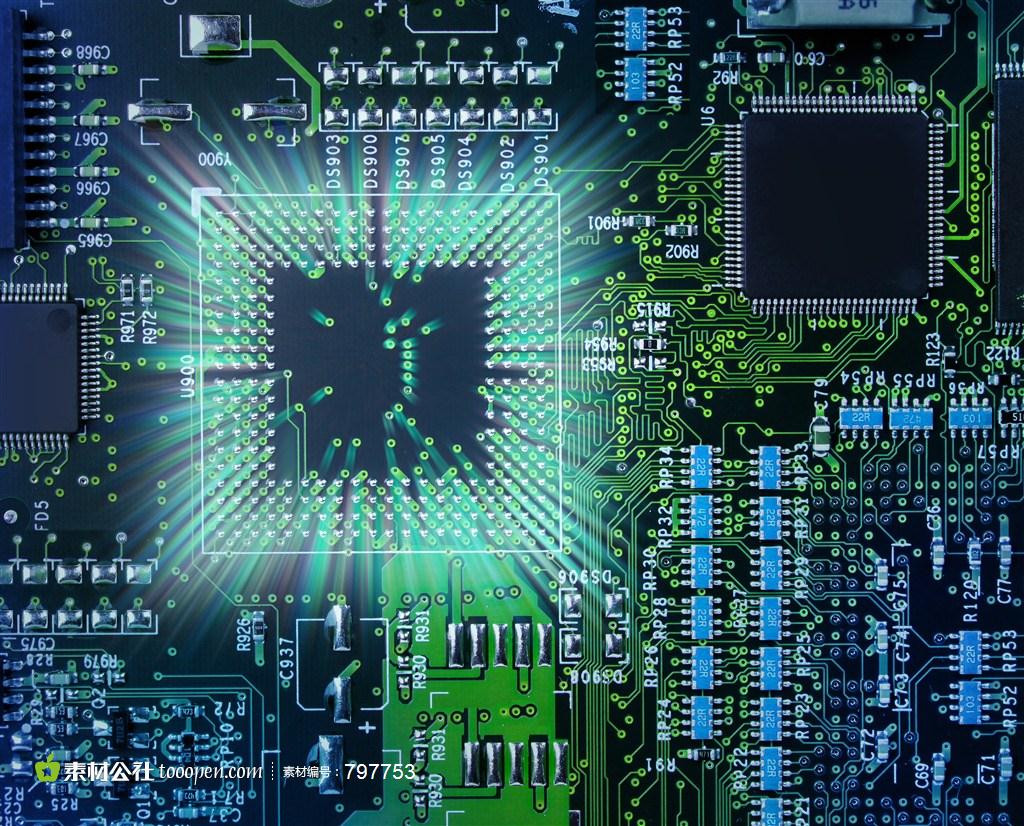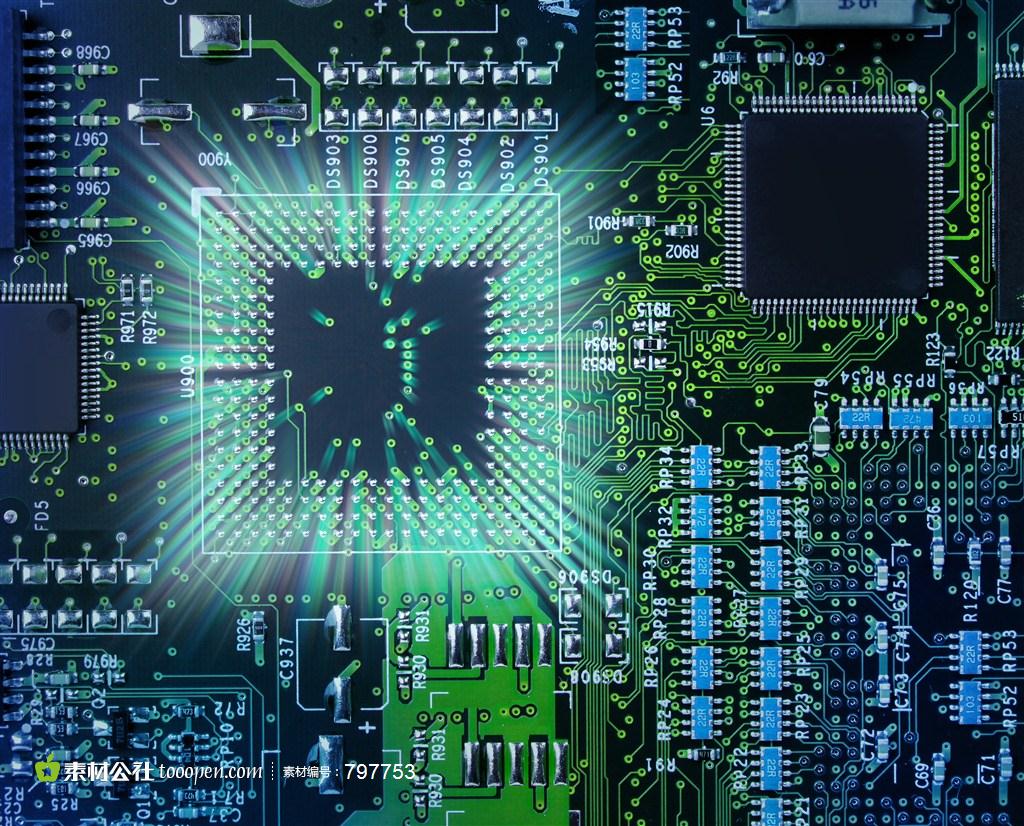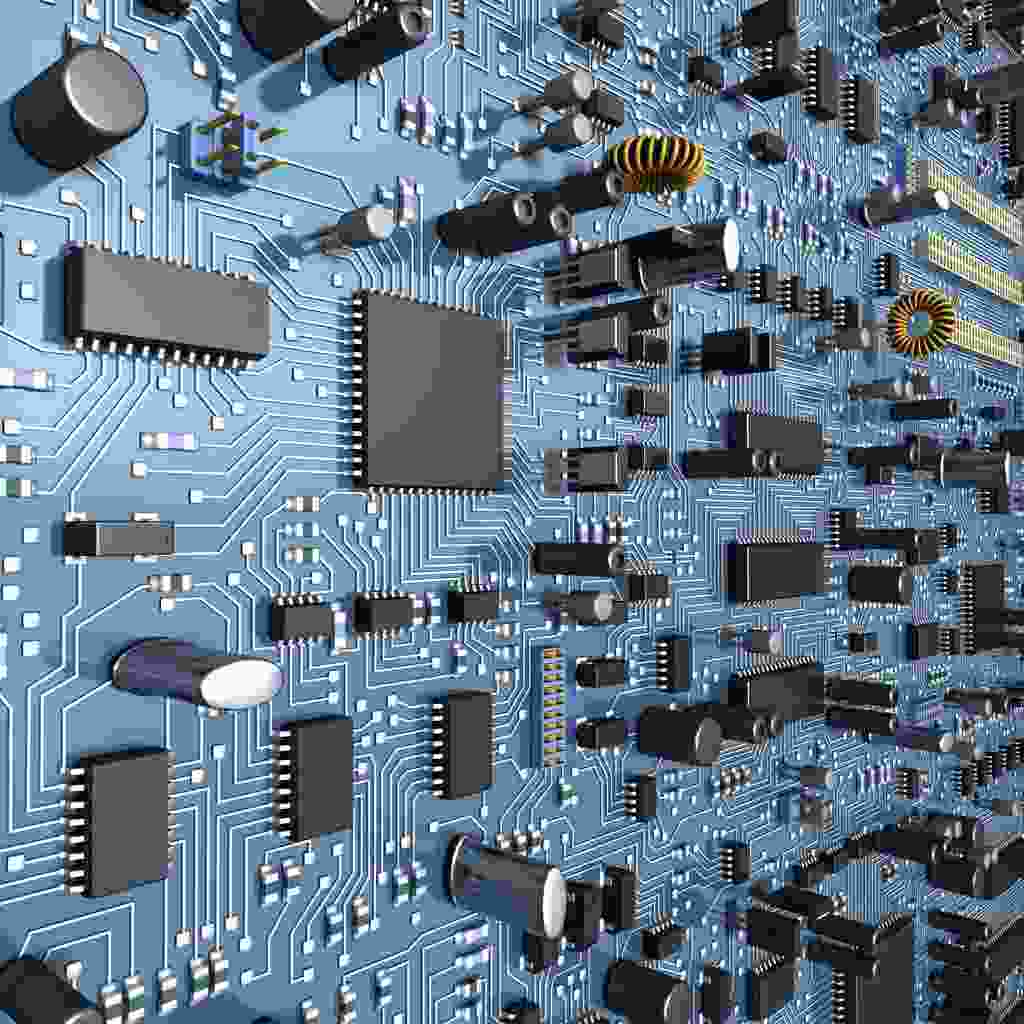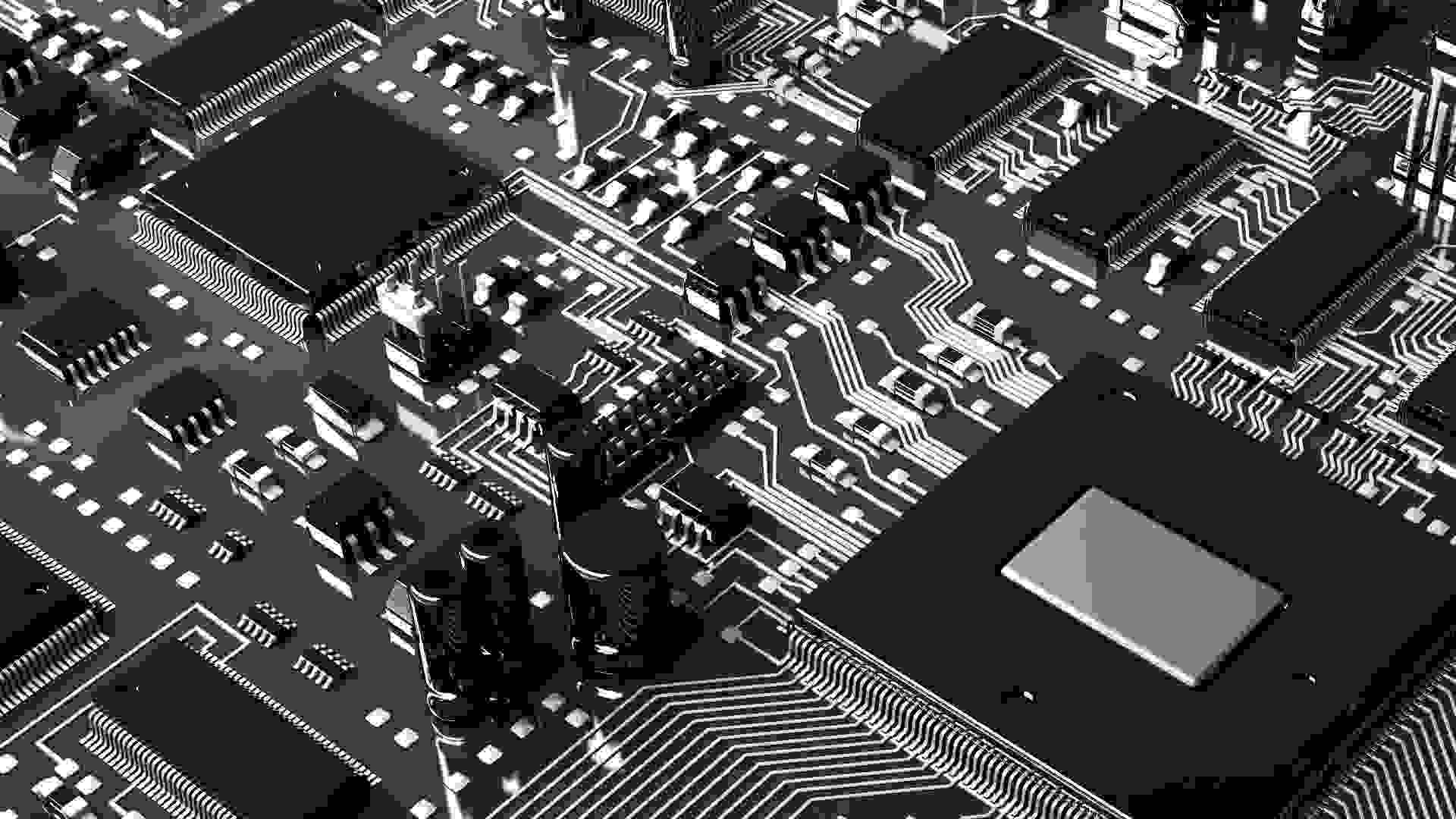
How to judge the quality of PCB ink
1. Viscosity
Is the abbreviation of dynamIC viscosity. It is generally expressed in viscosity, that is, the shear stress of fluid flow divided by the velocity gradient in the direction of the flow layer. The international unit is Pa/s (Pa. S) or milliPa/s (mPa. S). In PCB production, it refers to the fluidity of ink caused by external forces. Conversion relationship of viscosity unit: 1Pa. S=10P=1000mPa. S=1000CP=10dpa. s
2. Plasticity
Refers to the ink that remains its pre deformation properties after being deformed by external forces. The plasticity of ink is helpful to improve printing precision;
3. Thixotropic
Ink is colloidal when it is stationary, and viscosity changes when it is touched. It is also known as shake and sagging resistance;
4. Liquidity
(Leveling) The extent to which an ink spreads out under the action of an external force. The fluidity is the reciprocal of viscosity, which is related to the plasticity and thixotropy of ink. The greater the plasticity and thixotropy, the greater the fluidity; If the liquidity is high, the impression is easy to expand. Those with low mobility are prone to netting and inking, also known as reticulation;
5. Viscoelasticity
It refers to the capability of quick rebound of sheared and fractured ink after scraping. It is required that the ink deformation speed is fast, and the ink rebounds quickly to facilitate printing;

6. Dryness
It is required that the slower the ink dries on the screen, the better, and the faster the ink is transferred to the substrate, the better;
7. Fineness
Particle size of pigment and solid material, PCB ink is generally less than 10 μ m. The fineness shall be less than one-third of the mesh opening;
8. Drawing property When the ink is lifted with an ink shovel, the extent to which the filiform ink does not break is calLED drawing property. The ink filament is long, and there are many filaments on the ink surface and printing surface, making the substrate and printing plate dirty, or even unable to print;
9. Transparency and hiding power of ink
For PCB ink, according to the different uses and requirements, various requirements are also put forward for the transparency and hiding power of the ink. Generally speaking, line ink, conductive ink and character ink all require high hiding power. The solder resist is more flexible.
10. ChEMIcal resistance of ink
PCB ink has strict standards for acid, alkali, salt and solvent according to the different purposes of use;
11. Physical resistance of ink
PCB ink must meet the requirements of external scratch resistance, heat shock resistance, mechanical peeling resistance, and various strict electrical performance requirements;
12. Safety and environmental protection of printing ink
PCB ink shall be low toxic, odorless, safe and environmentally friendly.
Above we have summarized the basic properties of twelve PCB inks, among which the viscosity is closely related to the operator in the actual operation of screen printing. The viscosity is of great importance to the smoothness of silk screen printing. Therefore, in PCB inktechnical documents and QC reports, viscosity is clearly MARKed, indicating under what conditions and types of viscosity testing instruments. In the actual printing process, if the viscosity of the ink is too high, it will cause difficulties in missed printing, and the edge of the graphics has serious sawtooth. In order to improve the printing effect, thinner will be added to make the viscosity meet the requirements. However, it is not difficult to find that in many cases, no matter what viscosity you use, it is always impossible to achieve the desired resolution (resolution). Why? After in-depth study, it was found that ink viscosity is an important factor, but not the only one. There is another quite important factor - thixotropy. It also affects the printing accuracy.









